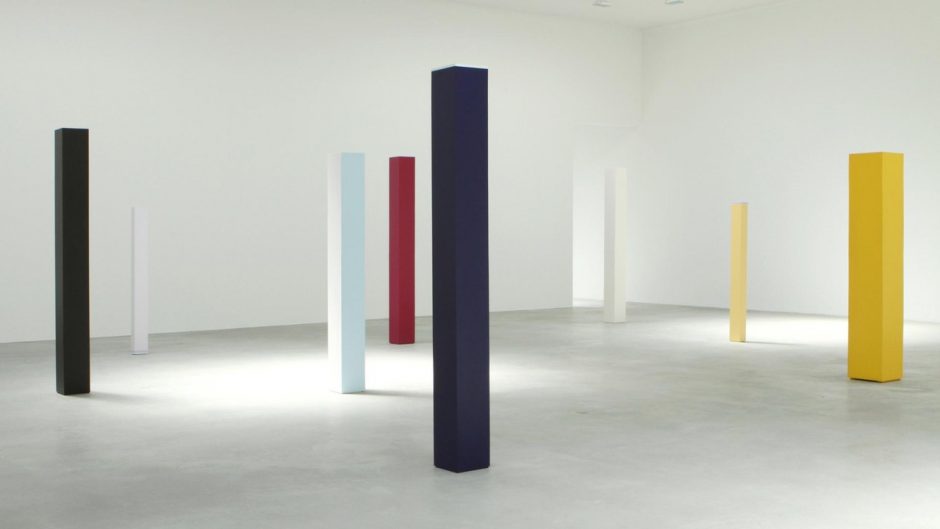What is the color of a memory? Of history? The American sculptor Anne Truitt is well known for the nuanced colors of her works. Beginning in the early 1960s, Truitt honed her sense of color in concert with a unique understanding of and relationship to the intrusion of personal and historical memory on present experience. Many of her colleagues were at the same time working with color in its specific application to modernist painting, but Truitt was different. By appealing to the beholder’s experience of her work—largely through the sumptuousness of a colorful surface—Truitt was leaving behind certain exhausted tenets of American modernism and in the process became a pioneer of a new movement: Minimalism.
Miguel de Baca is currently the Terra Foundation Visiting Professor of American Art in 2017-18 at the History of Art Department at the University of Oxford. He is visiting from Lake Forest College, where he is the chair of the Department of Art and Art History. He studies modern and contemporary American Art, and is especially interested in issues of memory-making and the representation of history as they intersect the history of abstraction. Among his other interests are video and digital art, culture jamming, protest, artistic collaborations, and critical studies of race, ethnicity, gender, and sexuality. Miguel’s monograph, Memory Work: Anne Truitt and Sculpture, for which he received a Wyeth Foundation for American Art Publication Grant, was published by the University of California Press in 2015. His current book project, Video Art and Public Culture, is about activist uses of video and digital art from the 1960s forward.
